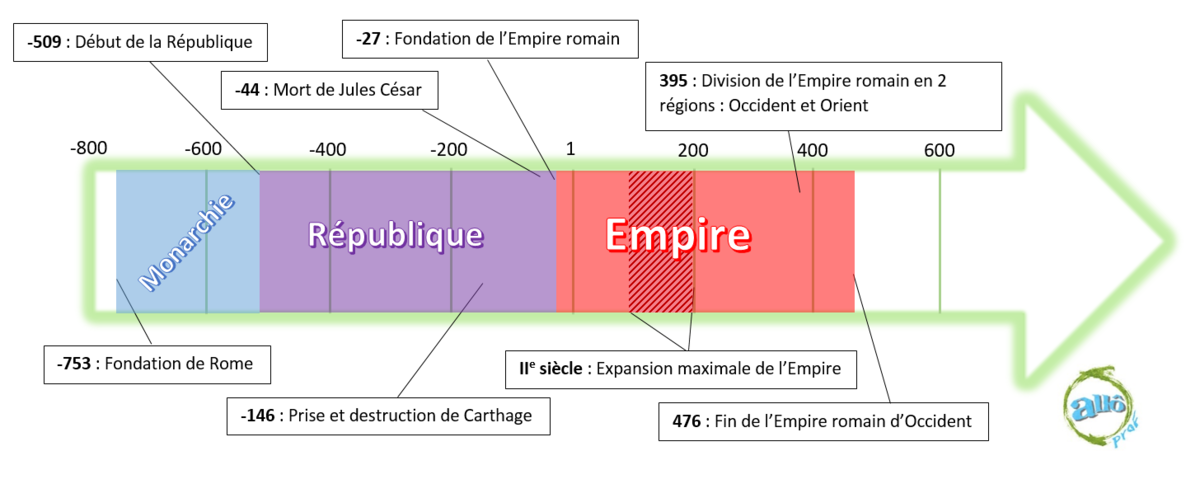
The evolution of the Roman Empire: from monarchy to empire
*Note: Image in English coming soon!
Rome did not become a powerful empire overnight. It took several hundred years for the small city to take possession of all the territory surrounding the Mediterranean Sea.
The city of Rome was founded in 753 BC. Initially, it was just a small city located near a river, the Tiber, on the Italian peninsula.
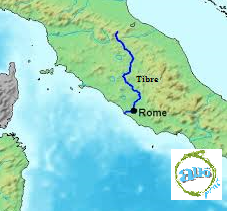
Map showing Rome's territorial conquests from its foundation to its maximum expansion
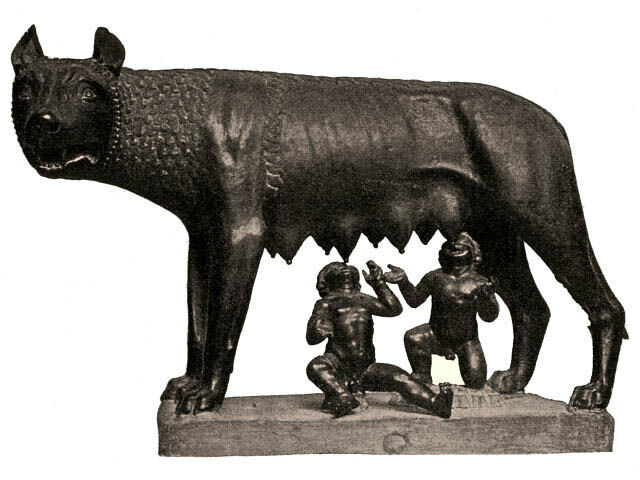
The female wolf, Remus and Romulus
According to legend, twin brothers named Remus and Romulus, abandoned at birth, were saved by a she-wolf who protected and nursed them until a shepherd came and adopted them. As adults, the two brothers decided to found their city (753 BC) by merging the few villages in the Tiber valley. During a violent dispute over which of the twins would control the city, Romulus killed his brother. Romulus thus gave his name to the city of Rome.
Rome took control of the whole of Italy from the beginning. In 146 BC, Rome extended its domination into North Africa by eliminating the city of Carthage during the Punic wars. It then took Rome 400 years to reach the maximum limits of its territory, in the 2nd century.
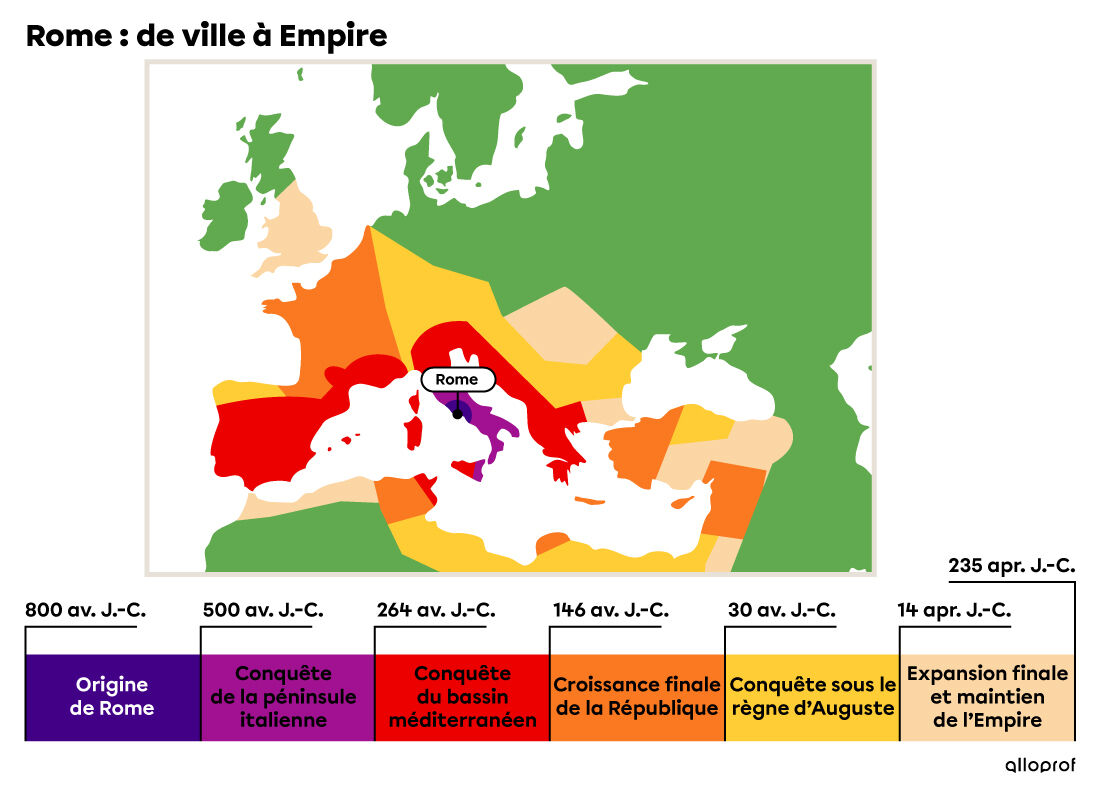
Map showing Rome's territorial conquests from its foundation to its maximum expansion.
*Note; Image in English coming soon!
Rome was not always an empire. In its early days, it was a monarchy, like many in the Mediterranean region. A king ruled the city from 753 BC to 509 BC.
From 509 BC until 27 BC, a new political system was put in place: the Republic. It was during this period that the Roman state, with the help of its army, made the greatest territorial conquests.
The Roman Empire came into being in 27 BC. It lasted until 476, when it fell. It was during these 500 years that Rome achieved its final expansion and succeeded, through Romanisation, in imposing its values and institutions on millions of people.
A monarchy is a political system in which power is held by the king.
A republic is a state governed by institutions that represent the commoners or the people.
An empire is a group of countries and territories under the control of a central authority.
Unlike many other empires throughout history, Rome did not conquer for the sole purpose of appropriating resources. The Roman Empire wanted to spread its ‘system’, its way of doing things. To achieve such a feat, Rome possessed one element that gave it a major advantage over its neighbours: its army. It was a professional army, meaning that Roman soldiers had no other occupation than training to become good soldiers.
The Roman army had 2 main roles:
- To conquer new territories
- Maintain peace within the borders of the Empire
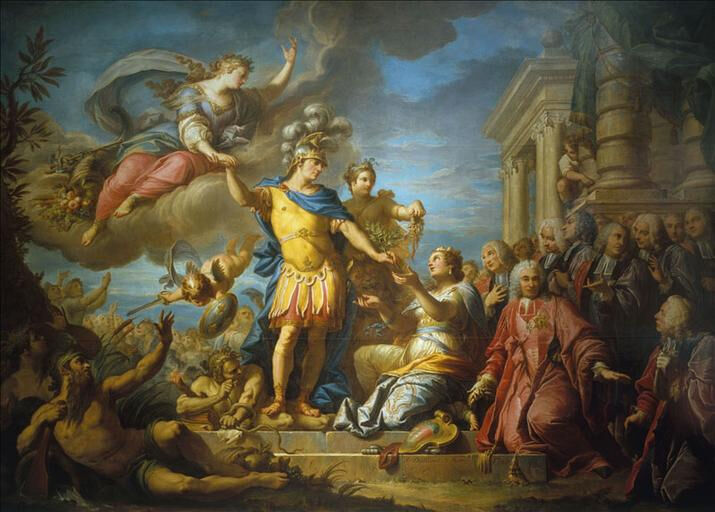
This painting by Jacques Dumont depicts the emperor Marcus Aurelius distributing bread and medicines. It is a representation of Roman peace (PAX ROMANA).
The 2nd century was characterised by lasting peace throughout much of the Empire. This period is known as the PAX ROMANA (Roman peace). This period of calm allowed the Romans to implant elements of their culture in all four corners of the Empire.
At the time, security was scarce and wars were frequent, which is why many people wanted to take advantage of the Pax Romana. To benefit from it, you had to live in the Empire and accept and respect Roman values and institutions. Many nations therefore chose voluntarily to join the Empire. That's why culture spread so rapidly throughout the Empire in the 2nd century - it was Romanisation.